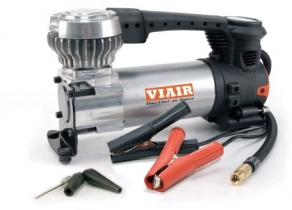-
Welcome to Tacoma World!
You are currently viewing as a guest! To get full-access, you need to register for a FREE account.
As a registered member, you’ll be able to:- Participate in all Tacoma discussion topics
- Communicate privately with other Tacoma owners from around the world
- Post your own photos in our Members Gallery
- Access all special features of the site
mk5 adventures
Discussion in '2nd Gen. Builds (2005-2015)' started by mk5, Sep 6, 2018.
Page 3 of 16
Page 3 of 16


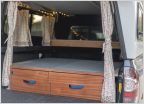 I made some drawers.
I made some drawers.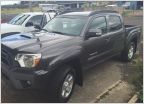 Mobile Home Build
Mobile Home Build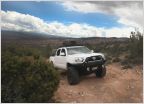 RootUser's SW 2013 Build
RootUser's SW 2013 Build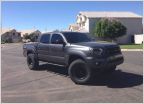 Jamie's Broke College Kid Build
Jamie's Broke College Kid Build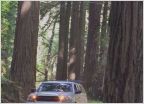 Ripcalifornia's 14' Access Cab Build
Ripcalifornia's 14' Access Cab Build





